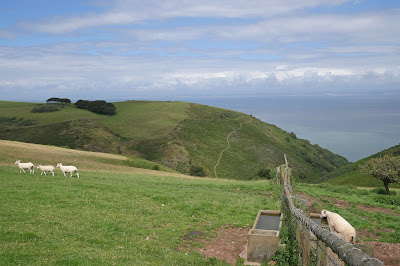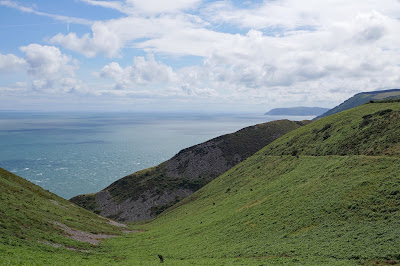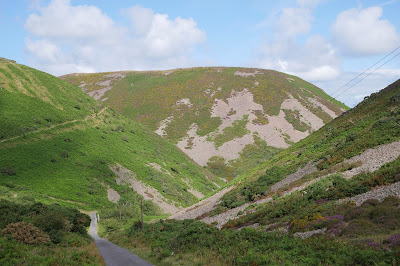This blog describes our walk along the length of the South West Coast Path.
The dominant direction of travel is from Minehead to Poole, but we went the opposite way. Some people do the whole thing in an intense block
of maybe seven or eight weeks, but we settled into a pattern of
doing a few days at a time, several times a year.
In
January 2011 we took our first tentative steps along the Path from
Poole. At that point our idea was simply to get to know the Dorset coast
by means of a series of circular walks. We decided we would only walk
east to west and would pick up where we left off each time we walked. We had the idea of a mythical baton that was left and picked up again.
We
quickly became enthralled with the Coast Path and decided we would at least
walk to Weymouth. We got there sooner than we had anticipated and
realised we would have to carry on to the end of the Dorset coast at
Lyme Regis. Inevitably, once we reached Lyme we knew we were hooked and would have to try to complete the whole 630 miles.
We finished the South West Coast Path in August 2017, having lost a whole year when I injured my ankle. We resumed with some of the easier remaining stages so some of the latter parts were done out of order. I have adjusted the dates so that all the posts are in sequential order around the coast.
We spent more than a hundred days on the Coast Path, so this was probably one of the slowest long distance walks walks of all time. However, we did immerse ourselves in nature and in the wonderful sights and views and we do have an extensive and detailed photographic record. The quality of the photos improves over time.
Navigation
Click on one of the main sections in the menu above.
Click on a year and month in the Archive to the right to see links to individual stages.
Search for a place using the box on the top left of the screen
Go to the start of the walk in Poole


















































